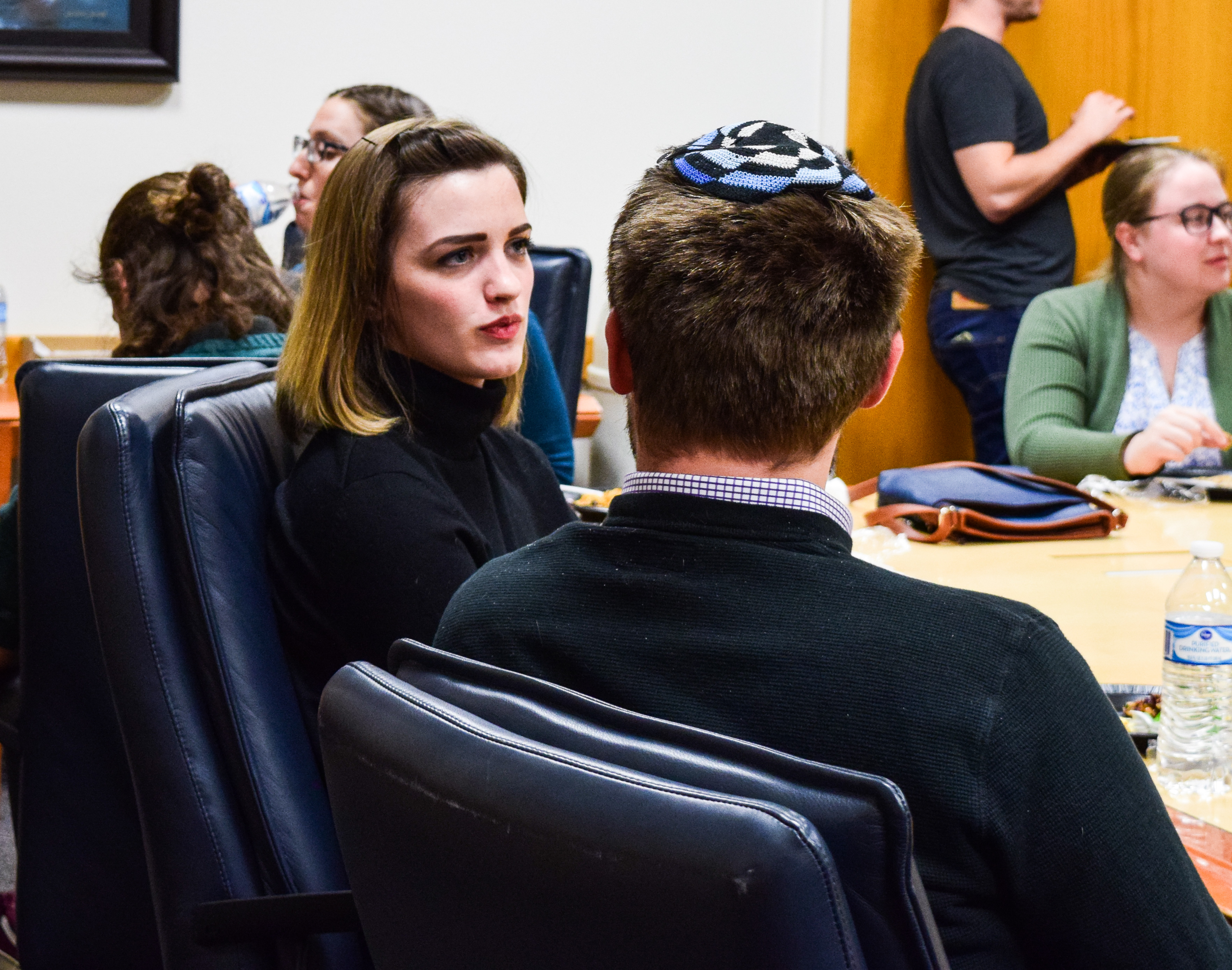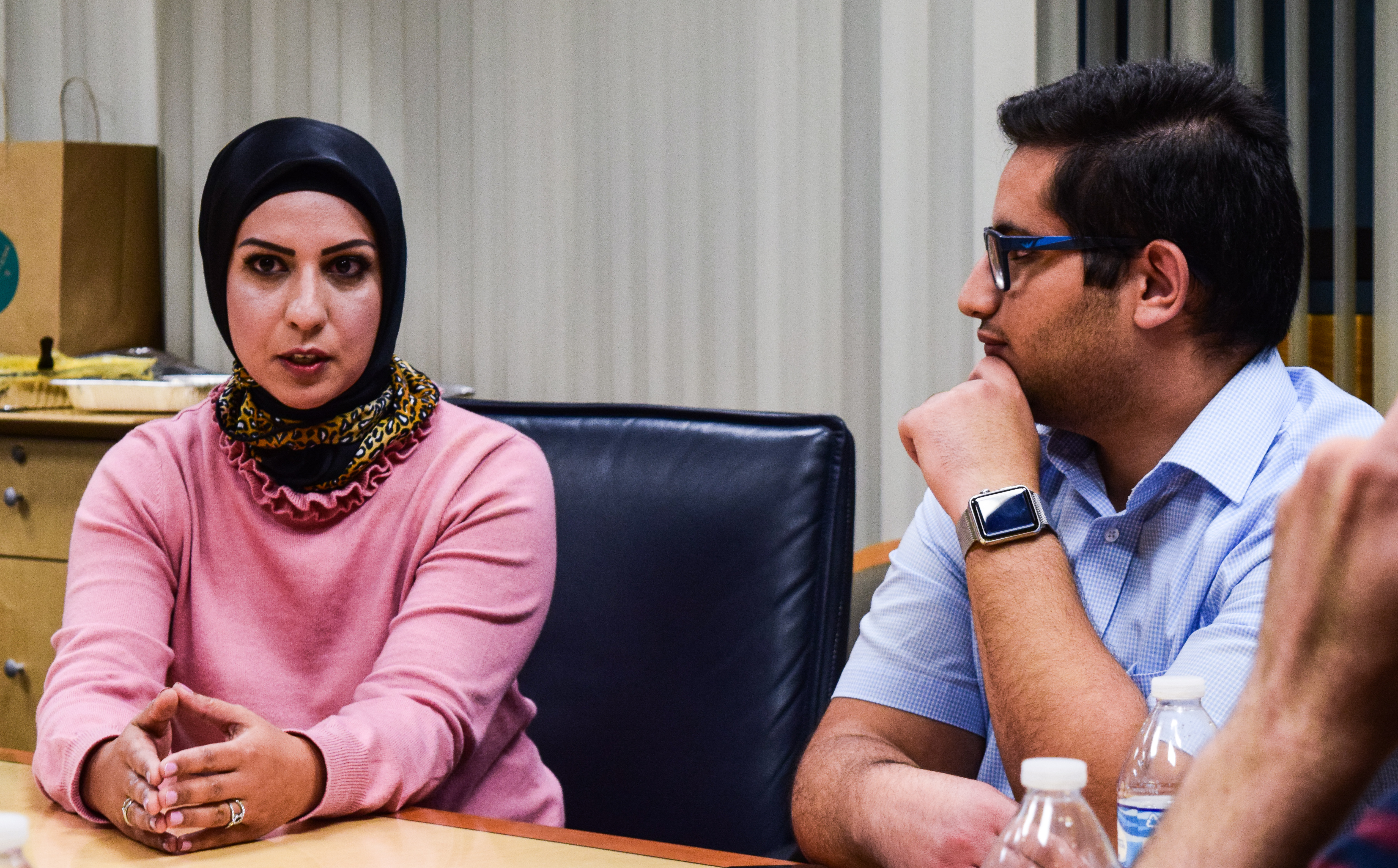
Editor’s note: This story pairs with “Anti-Semitism incidents resurge in the US” and “My experience being Jewish in America today.”
Approximately 99 percent of the BYU student body are members of The Church of Jesus Christ of Latter-day Saints. The remaining 1 percent — about 425 students — are members of other faiths like Buddhism, Catholicism, Evangelical Protestantism, Islam and Judaism, according to James Slaughter, assistant dean to student life and the university chaplain.
While most of the students The Daily Universe interviewed from this 1 percent said they have enjoyed their respective experiences at BYU, many also said life in Provo has not been easy.
Catholic BYU junior Victoria Raimondi said she remembers the day one of her professors told her she is a member of the “great and abominable church.”
One of only 81 Catholic students attending BYU, Raimondi said she has experienced the challenges of being a religious minority at a predominantly Latter-day Saint university.
“The very first encounter I had where someone found out I wasn’t a member, they asked me if I knew who Jesus was,” Raimondi said. “My answer was, ‘I’m Catholic,’ and they just responded, ‘But do you know who Jesus is?'”
In a community so concentrated with people of a single belief system, Raimondi said it is often hard for those from different faiths to feel welcome.
The issue is exacerbated with the constant badgering of peers to “just convert” as though it is a simple decision, rather than a life-changing one, Raimondi said.
According to Jack Bohm, an agnostic student in the animation program, BYU students of other faiths will sometimes laugh about the persistence of campus missionaries or the awkwardness of being called on to pray in class. Agnosticism is the view that the existence of God is unknown or unknowable.
“Being here has been really difficult, but it has also been good because it has made me look at my own faith in a different way,” Bohm said.
Bohm said being at BYU has made him realize that in order to fairly judge different religions, he must judge his own beliefs to the same extent.
According to Slaughter, students who are members of the Church can learn a lot from the students who are of other faiths. Likewise, students of other faiths can also learn from being around members of the Church.
Slaughter said many non-Latter-day Saint students feel like their time at BYU helped them become closer to their own beliefs, rather than feeling like they became closer to the Church.
According to students interviewed, this happens mainly because — in an effort to not be seen as a target for conversion — students who are not members of the Church learn more about their beliefs in order to defend them if needed.
Through their time surrounded by students with differing beliefs, non-Latter-day Saint students said they feel they become more tolerant of those who don’t share their same beliefs, according to Evan Jones, a former BYU student and former member of the Church.
While older generations of Church members have been less accepting of their beliefs, the younger generation has done a good job at being more accepting and inclusive of people, Jones said.

With most of the students of other faiths interviewed, there was one resounding thing that they all have in common: their time at BYU made them more tolerant of those around them. This helped them realize that everyone has different viewpoints on life and that is OK.
Interfaith Club co-president Thomas Britt said many BYU students’ tolerance for other beliefs has increased and spread throughout campus.
One of the aims and objectives of a BYU education is to strengthen students spiritually, according to the school’s mission and aims. According to the students interviewed, many BYU students and faculty assume this aim only refers to students who are members of the Church.
However, faculty like Slaughter and the non-Latter-day Saint students interviewed said BYU also strengthens them in their beliefs outside of the Church.




